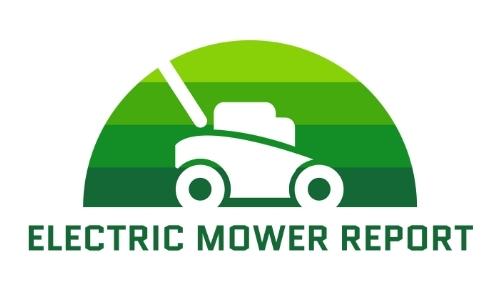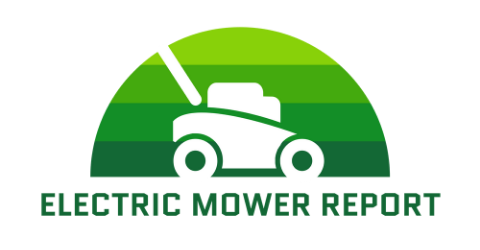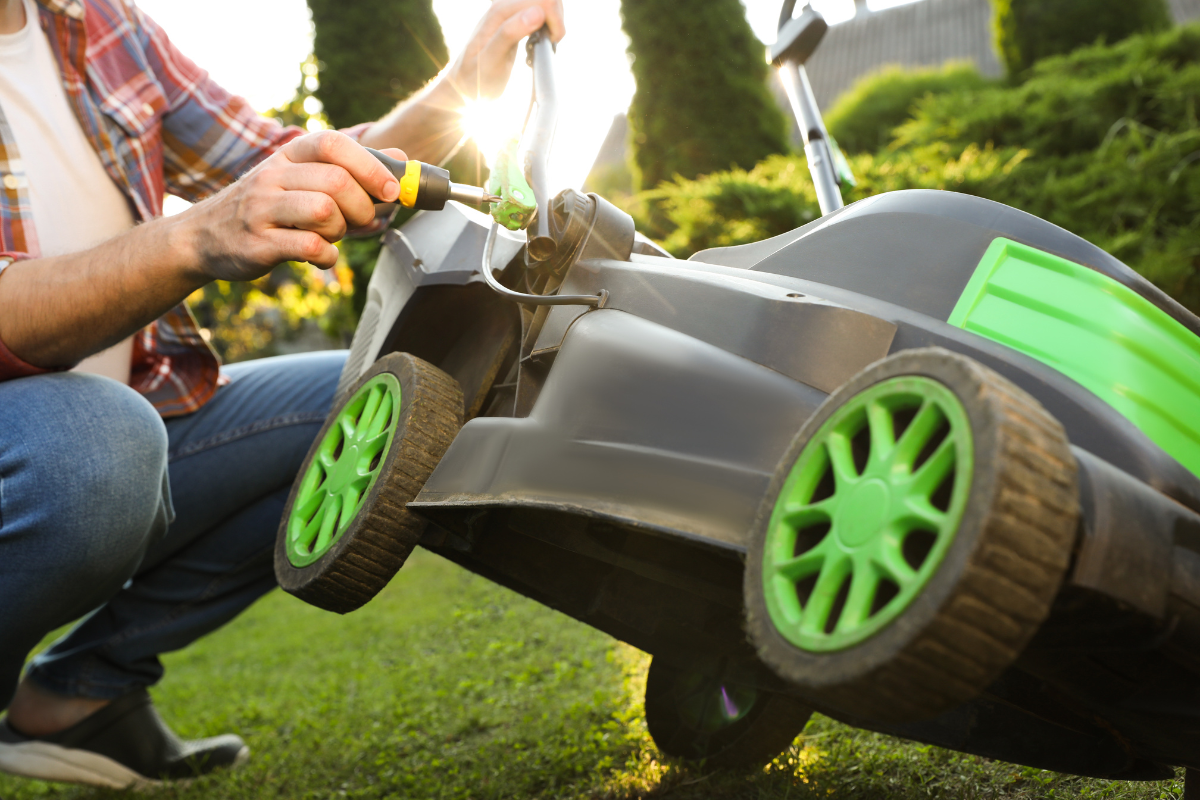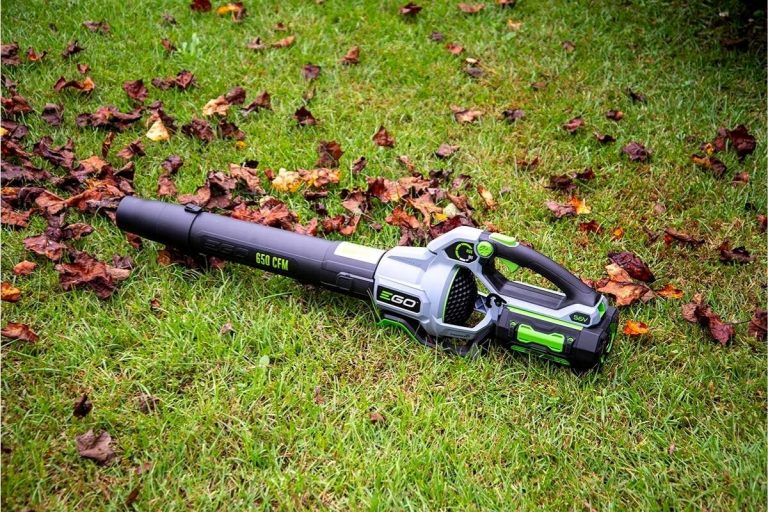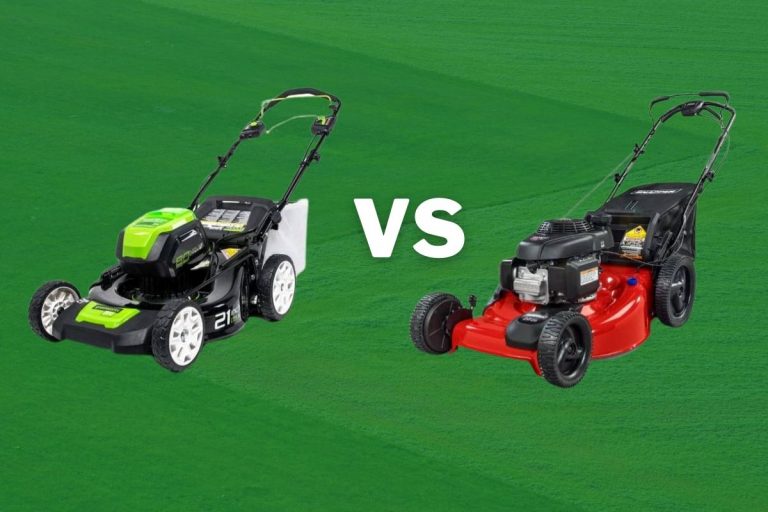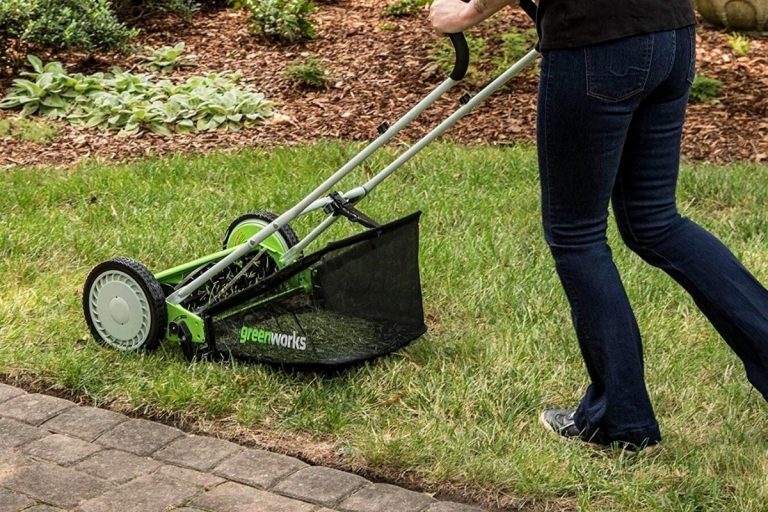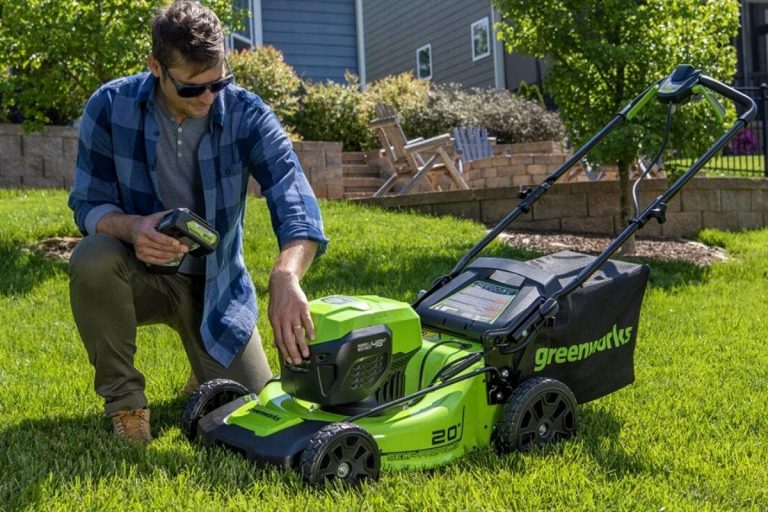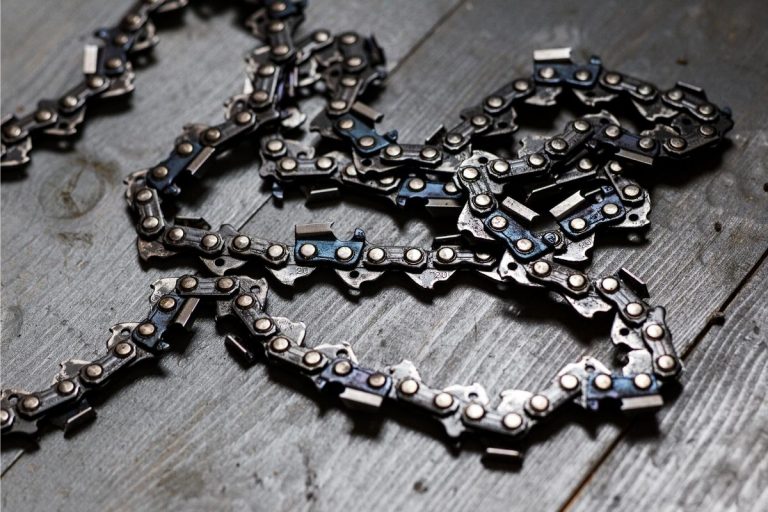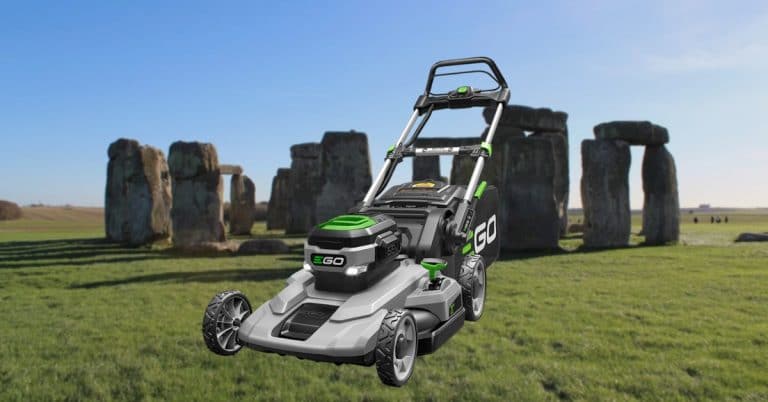10 Reasons Your Electric Mower Is Not Starting
If your electric mower is not starting, you will likely be able to figure out why by checking a few simple things. You should check if the cord is correctly plugged into the power outlet. Sometimes you will need to turn your mower off and then on again to see if that makes a difference.
You may also want to check to ensure that the mower is not clogged with debris or trimmings. Take a look below to see ten reasons your electric mower may not start. You will see that there are some situations that you can fix on your own without hurting your wallet.
Why is Your Electric Mower Not Starting?
You know you have been there. It’s a weekend that you set aside to get your chores done, and you go to cut your grass. You take the lawnmower out of the garage, head to the lawn, and insert the key. For some reason, it will not start.
Here Are 10 Reasons Your Electric Mower Is Not Starting
1. The Key is Not Fully Engaged
This reason is one of the most common explanations for why your electric mower will not start. You did not fully insert the key.
If the key is stuck in the turning process, you must simply push the key further or take it out, reinsert it again, and turn it fully. Once you have done that, the lawnmower should start.
2. The Cord is Not Fully Plugged in the Power Outlet
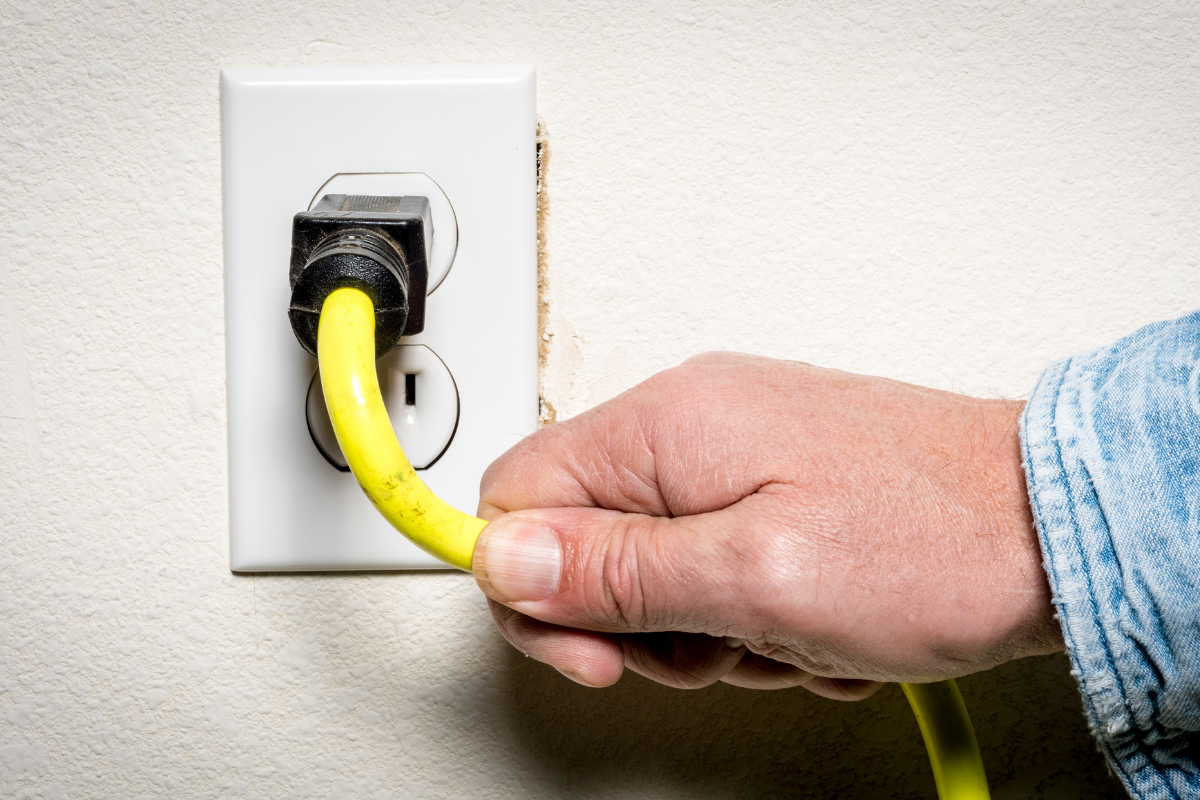
Corded electric lawn mowers depend on power from the wall socket to be able to start the mower. It is common for people to use extension boxes to extend their reach. Electric cables create a route in which current runs from the wall to the motor and then to the mower.
Many people with medium to large lawns cannot expect to mow their entire lawn using only the cord length provided by the mower. Most people use extension cords that stretch the reach. However, when the power supply is interrupted, the mower will not start.
Electric cables can be damaged on the inside without interfering with the insulation. This situation is where a multimeter comes in. It is a device where you can determine if a cable can deliver power from one side to another.
3. Low Battery Charge
Cordless lawn mowers use a rechargeable battery to start the mower. There is no use of a wall or extension outlet. The most common blunder with cordless lawn mowers is not recharging the battery enough or not recharging the battery at all.
Lawnmower batteries should be replaced every three to five years. Ideally, the battery should last about forty minutes without recharging.
You should charge the battery for several hours. Then try to start the mower again. If the battery is still being stubborn, it may be that the battery does not work anymore. If that is the reason, you need to replace the battery with a new, high-quality one.
4. Fuse Malfunction
Many electrical motors have a specific power input value for safety purposes. Sometimes electricity in the grid surpasses these values, which will blow fuses to safeguard the mower. You need to make sure that there is no damage to the power cables.
A fuse typically lies flat inside of a plug. If it is damaged, it may turn black and burn out. Once you have established this, you need to replace the blown fuse with a similar model.
5. Loose Electrical Cables
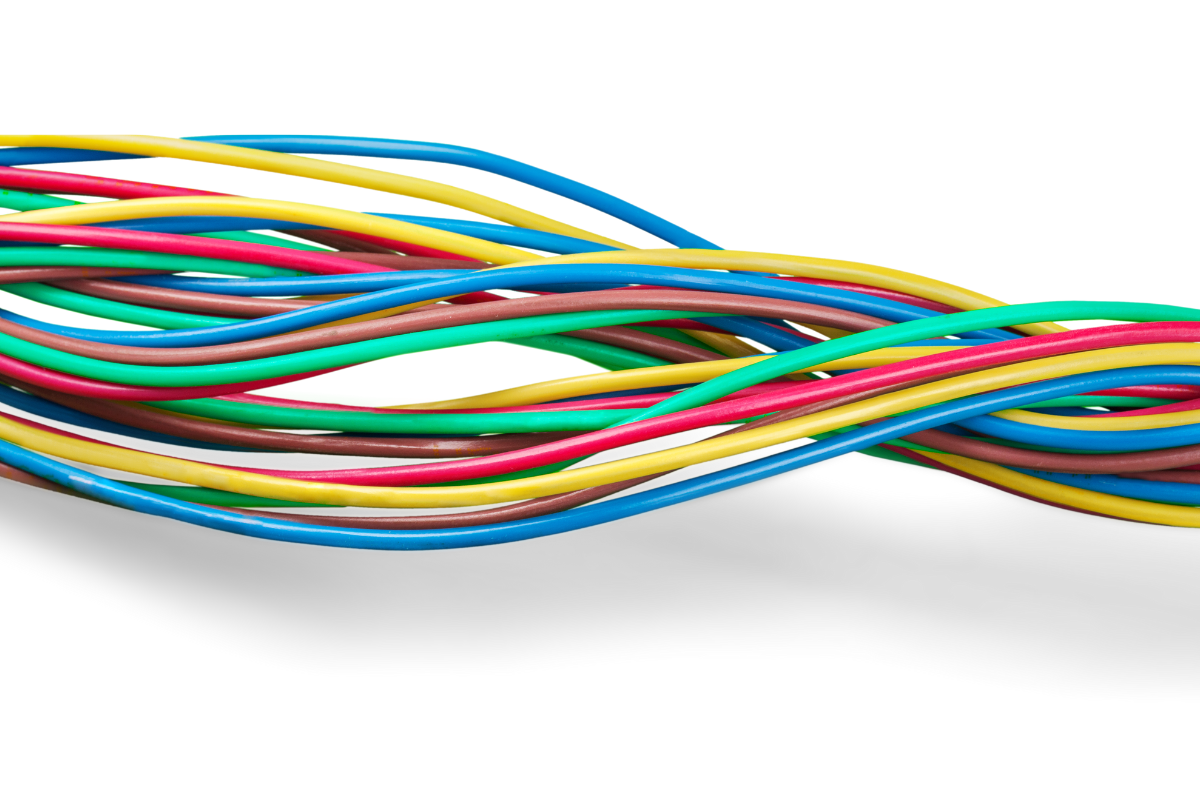
Loose electrical cables will impede the flow of current by causing an increase in resistance, which results in an overheated mower. This overheating renders start-up impossible. Luckily, loose connections are easy to recognize. They are mainly internal to the mower. The wires will likely appear:
- Frayed
- Corroded
- Dirty
The condition of these wires is usually loose and out of place. Locate all the connections you can get to in the mower. Try unplugging and plugging back in. Make sure that you also clean off the wires.
6. Safety Handle is Not Engaged
This situation is another very common occurrence. Some mowers have a safety handle that needs to be squeezed in order for the mower to run.
With newer electric mowers, you may need to pull the safety handle when starting the mower. It is a safety precaution that prevents children from trying to play lawnmower man.
When using an electric mower, you need to read the user manual thoroughly to find out if it has a safety handle that needs to be engaged.
7. Mower Jammed with Grass and Debris
Excess grass and debris may get stuck in the lawnmower. Check underneath the deck or near the blades to ensure that it is clutter-free. If there are any trimmings stuck there, remove them, and make your patio pristine again.
Grass and trimmings can hinder the blade from its duty to rotate. If your mower’s blades do not turn properly, the mower will employ safety features to keep itself from turning on. This element is a safety feature, and it is also meant to prevent any damage done to the blade.
Check and clean the deck before trying to turn on the mower. I like the following tools.
- 2 blades in 1
- Quik-Knob pivots to rotate blade
- Attaches to extension pole to clean under lawn tractors
- Non-Stick
- Designed with Cerflon, Ceramically-Reinforced PTFE
- Keeps grass & dirt from sticking
- Helps prevent rust & corrosion
8. Clogged Vents
The vents on the mower were intended to keep the motor cool and keep the right temperature. If the vents are clogged, your mower could overheat. Many electric lawn mowers will not turn on if this is the case.
Be careful when you clean or unclog your vents because there is a risk of damaging your motor. Use a fresh, dry cloth to clean off the vent, and do not use any liquids, as they degenerate the motor’s lubrication. You may need a compressed air can to spray and loosen all the debris.
When the mower starts up, take your time mowing tall grass. If the motor is damaged from overheating, you will need a new mower.
9. Damaged Parts
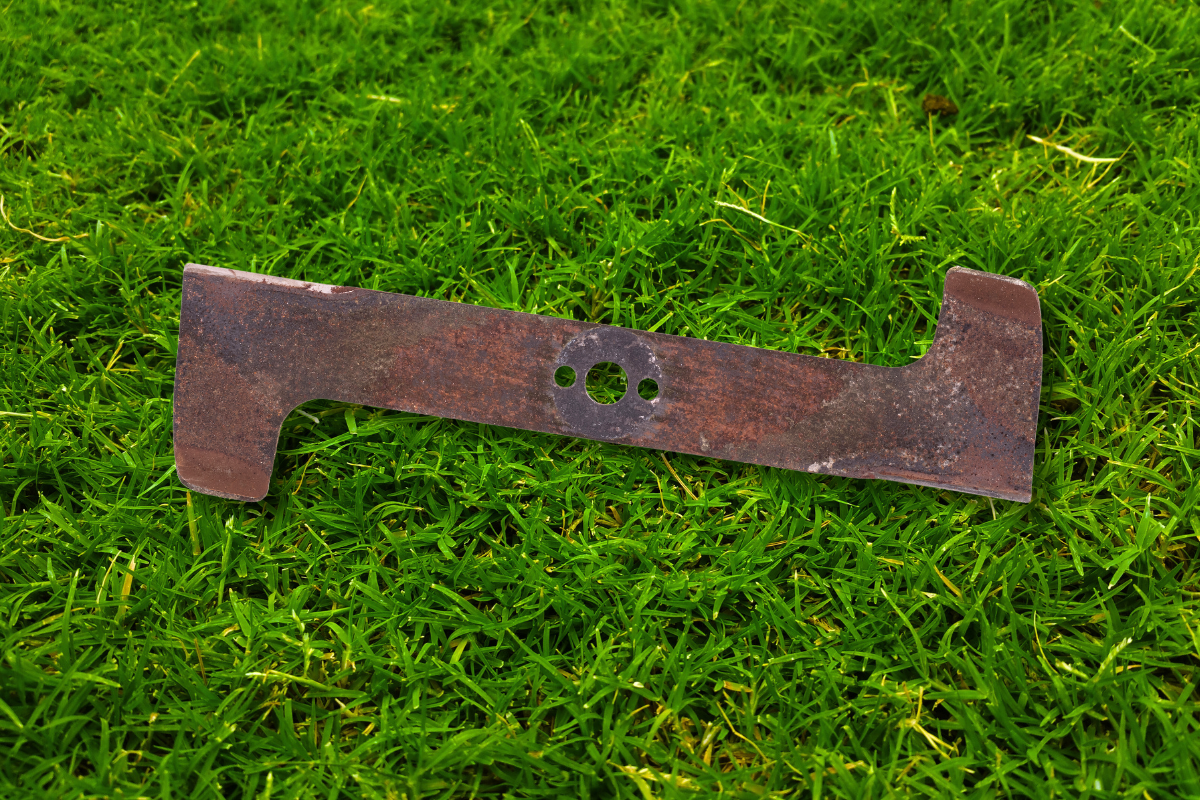
Parts inevitably wear down on a lawnmower. It’s when those parts cost more than the lawnmower itself that you need to be concerned about. Damaged parts on your lawnmower can keep it from starting.
You need to check all lawnmower parts and determine what you are willing to pay to fix them. Some of the very common elements on a lawnmower that gets damaged include the following:
- Blades
- Power cords
- Batteries
- Plugins
The start switch and motor can also become damaged, which prevents you from starting the mower. If this is the issue, you should take it to a professional to fix it.
10. Motor Failure
If you have depleted all other options, and your mower still will not start, you may need a new mower. This issue is not too common, but it does happen. It could also be that there is only partial damage to the mower, and there is primarily limited movement or overheating.
The motor may be impaired because you have cut long grass too quickly or the vents are clogged, which inhibits cooling air. Check for accumulation of debris around the air vents closest to the motor.
Certainly! Below is a rewritten section for your blog post, organized with bullet points for clarity and ease of reading:
How To Prevent Future Problems With Your Electric Mower
Avoiding the frustration of a non-starting electric mower and the potential need for a costly replacement involves simple, regular maintenance. By keeping up with these tasks, you can ensure your mower remains reliable and extends its lifespan, saving you money in the long run. Here’s how:
- Regular Maintenance: Consistently perform maintenance tasks to prevent starting issues.
- Clear Cutting Bag: Empty the cutting bag after each use to maintain optimal performance.
- Deck Cleaning: Remove grass trimmings from the deck regularly to prevent clogging and damage.
- Battery Care: Understanding and maintaining your mower’s battery is crucial.
- Monitor Battery Age: Know the age of your batteries to replace them before they fail.
- Recharge Appropriately: Only recharge the batteries when needed to prolong their life.
By adhering to these maintenance and care tips, you not only extend the life of your electric mower but also save money by avoiding unnecessary repairs or replacements.
Conclusion
Read our Best Electric Lawn Mowers Guide
There are a variety of reasons why your electric mower might not be starting, from a depleted battery to not inserting the key correctly. However, if these solutions don’t solve the problem, it could indicate a more serious issue.
Sometimes, after exhausting all troubleshooting options, it becomes clear that the best solution is to invest in a new electric lawn mower. Advances in technology mean that newer models are more efficient, reliable, and often come with features that enhance your lawn care experience.
Embracing the upgrade not only solves your immediate problem, but also allows you the benefits of the latest advancements in electric lawn mower technology.
Electric mowers have significantly improved since their introduction to the market. If you’re considering a new purchase, rest assured you’re joining a satisfied community of users. Welcome aboard, and look forward to a user-friendly, efficient lawn care experience without the buyer’s remorse.
